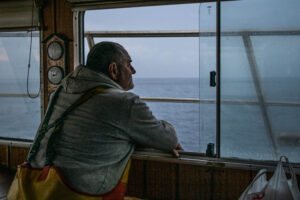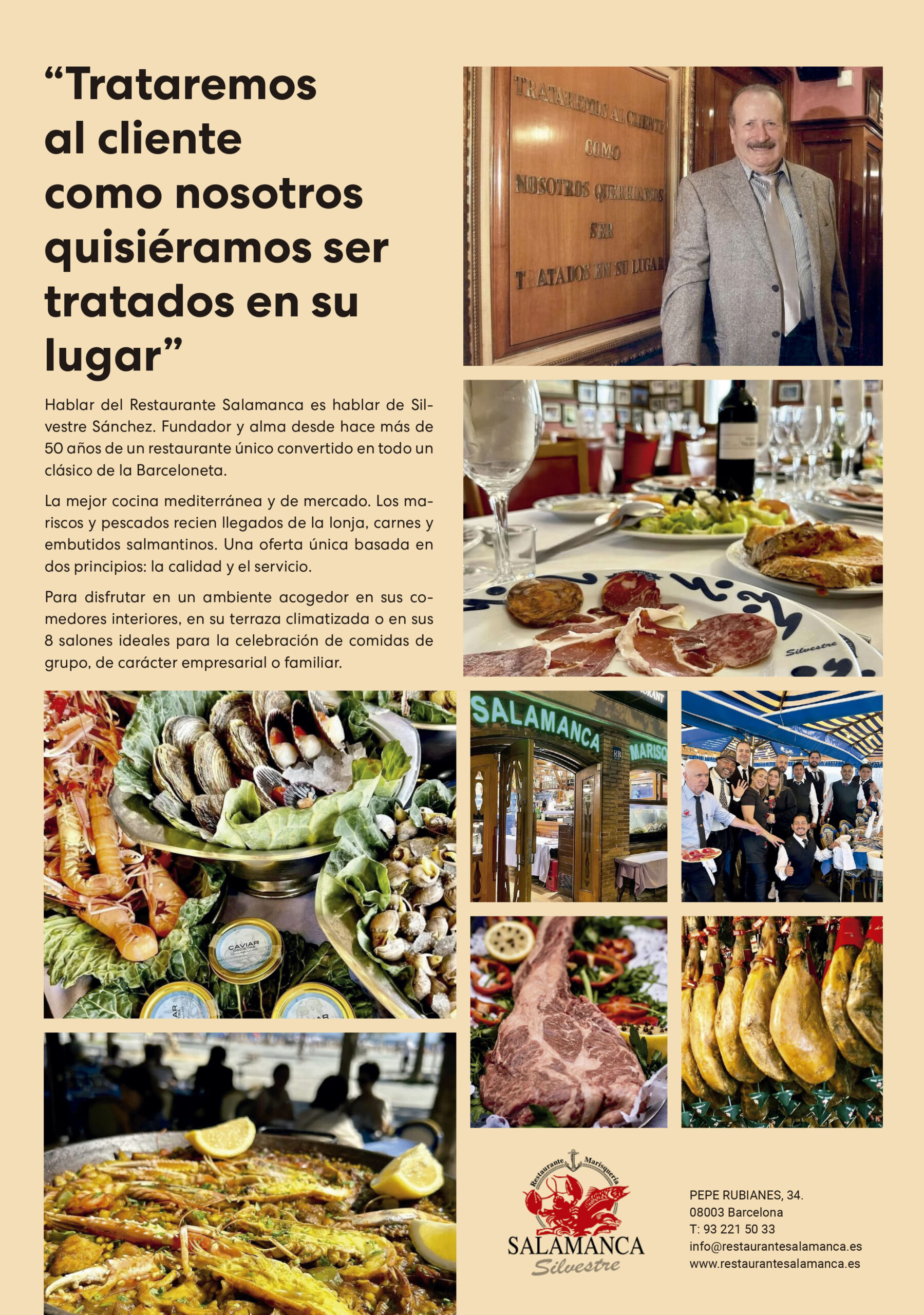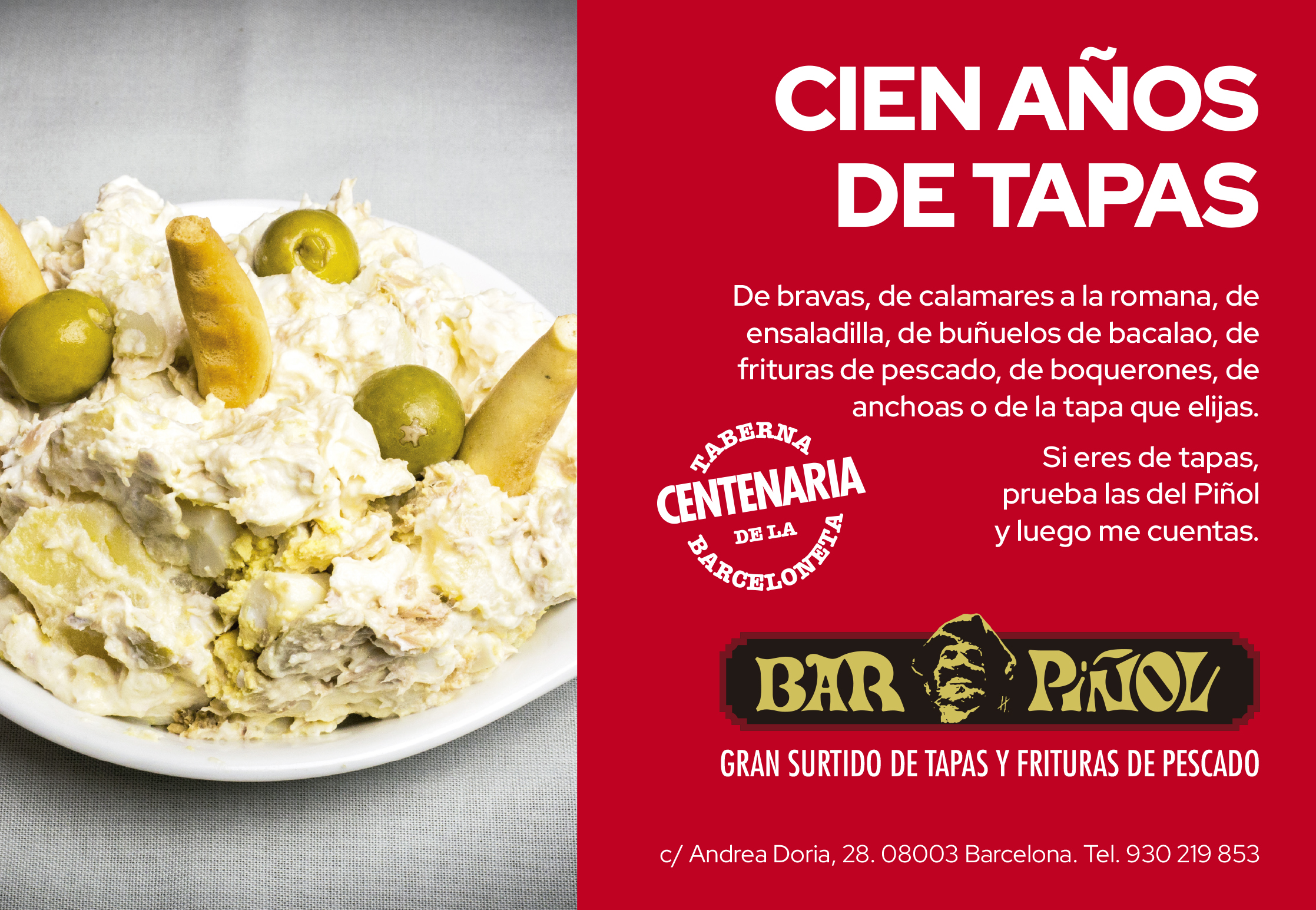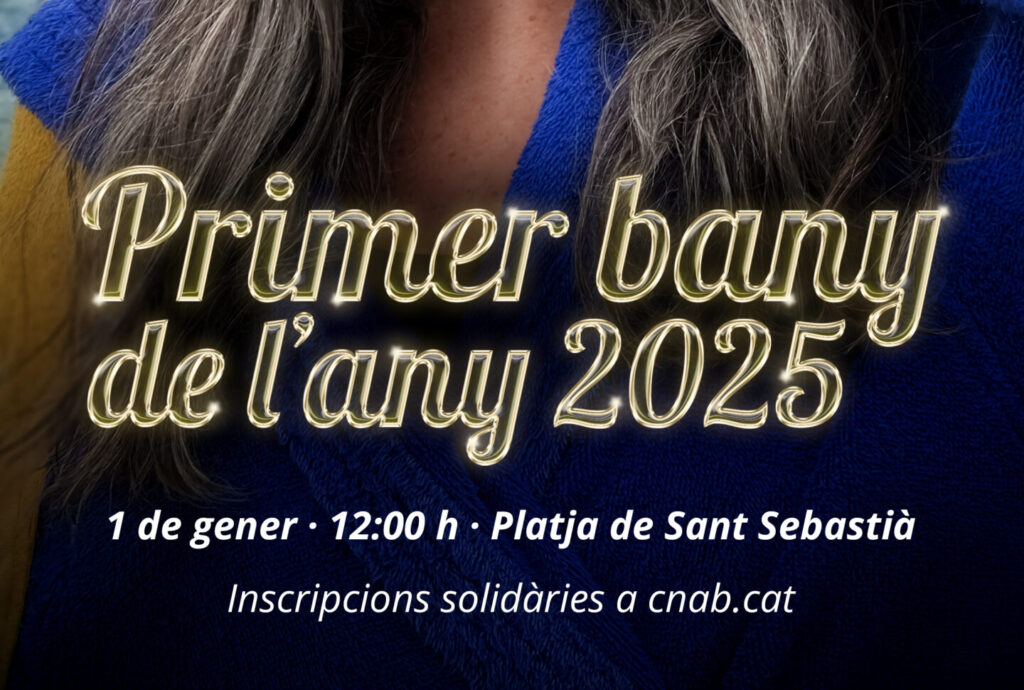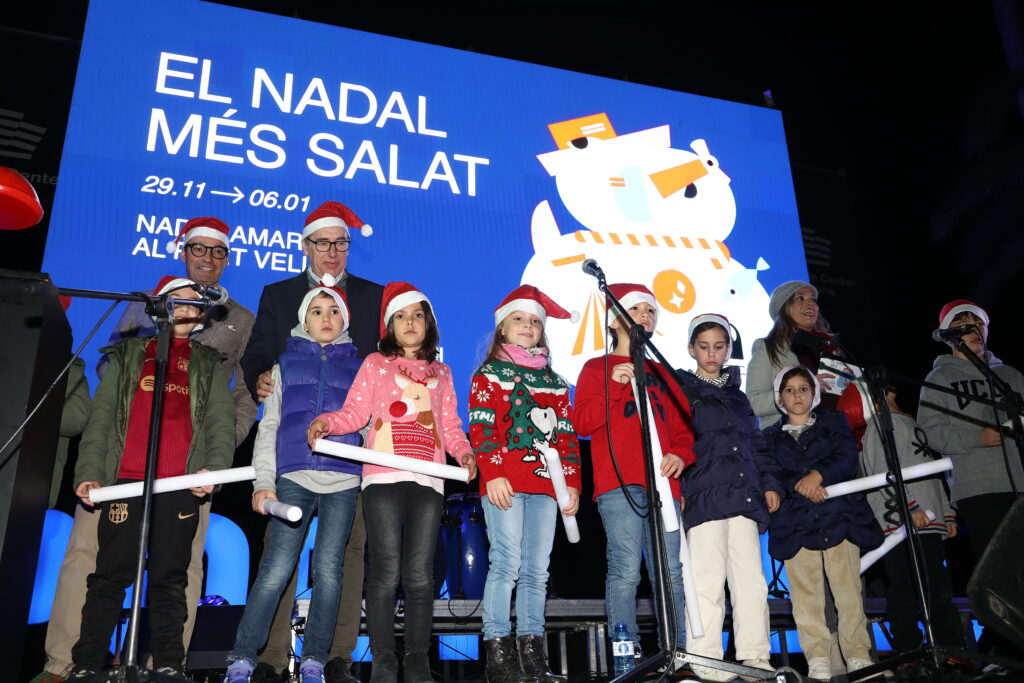100 years at the service of the neighborhood. From worker’s consumer cooperative to public library.
In 1879 the worker’s cooperative La Fraternitat was founded. After different locations it moved to the street Conde de Santa Clara nº 8-10, nowadays Felícia Fuster street. The members, initially installed as tenants, ended up buying the property and in 1917 began a great transformation that would turn it into a majestic three-storey building designed by the architect Francesc Guardia Vidal. Guardia i Vidal was a modernist architect from Barcelona, son-in-law and regular collaborator of Lluís Domènech i Montaner and one of those responsible for the construction of the Palau de la Música Catalana, among other remarkable buildings.
He converted the building in the style of the cooperatives of the time: on the ground floor, there was the commissary with stores and warehouse, on the first floor the café and library, on the second floor the assembly hall and on the third floor the offices for the administration. The purpose of the cooperative was to make consumer products available to the members at a better price, as well as to organize cultural activities, library service, choir and conferences.
In the sculptural field, the balcony of the second floor stands out, with two female sculptures, as well as two intertwined hands, seal of the Fraternity, which has given its name to the building. The hands are inscribed in a triangle, emblem of the Cooperative Alliance.
For the neighborhood as a public library
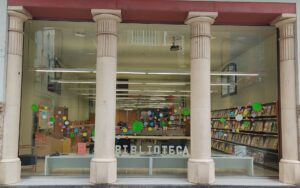 The Cooperative worked until 1974, after having served different purposes, the neighbors of the Barceloneta claimed the building for the neighborhood. In 2001 it was recovered as a public library of the neighborhood.
The Cooperative worked until 1974, after having served different purposes, the neighbors of the Barceloneta claimed the building for the neighborhood. In 2001 it was recovered as a public library of the neighborhood.
Currently, the place is part of the 40 libraries of the network of libraries in Barcelona and as the old cooperative, it makes, a large collection to its users available on loan for the enjoyment of reading and knowledge. It also has a local collection from the Barceloneta district, a contemporary dance collection, a marine preservation collection (receantly made available) and a collection specializing in restaurants and hotels, a unique proposal that will probably surprise professionals in the sector and also the most demanding palates, gourmets, bon vivants and snoopers.
And for the more curious, if you are interested in the old bibliographic collection of the library that the Cooperativa Obrera had on the roof, it is now located in the Arús Public Library.


